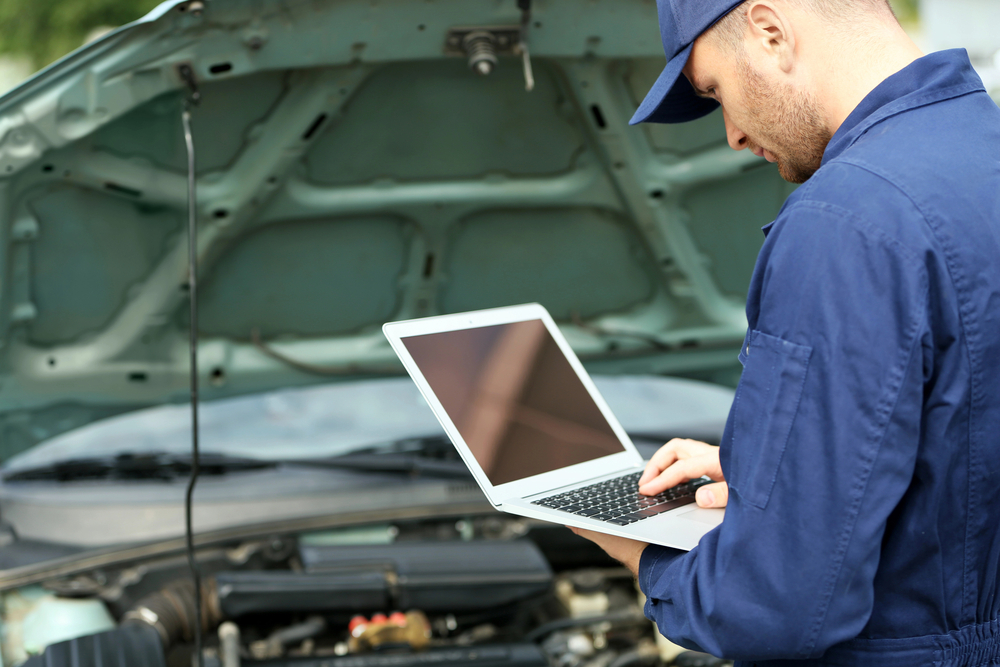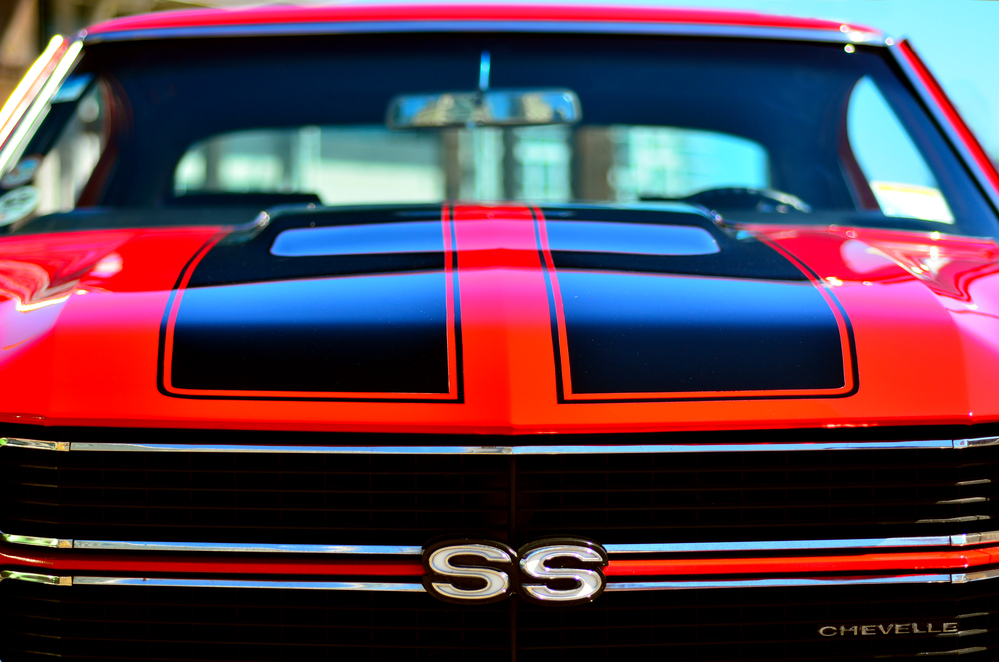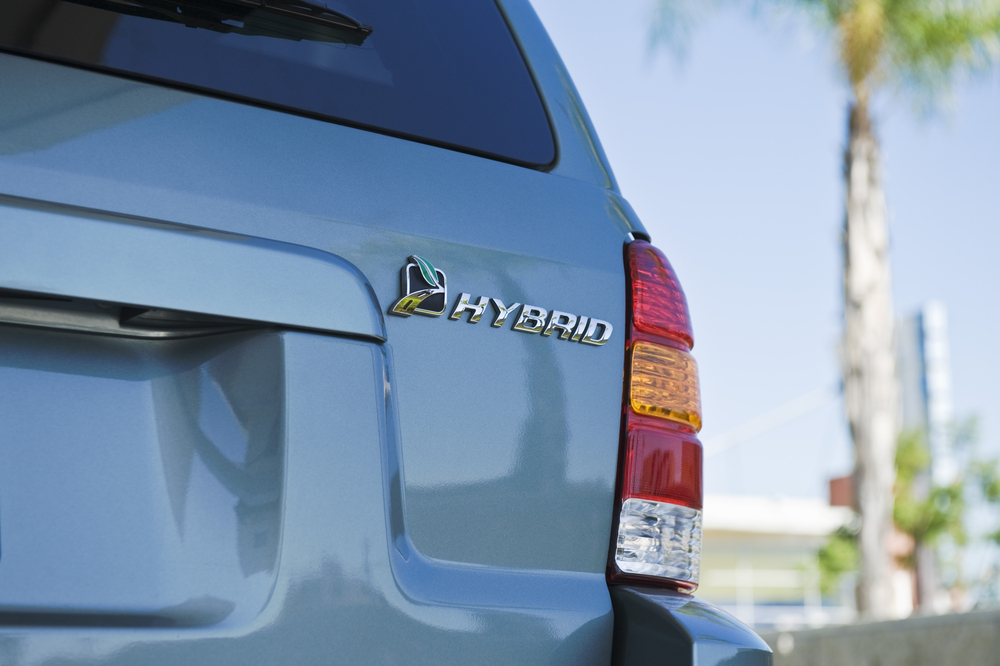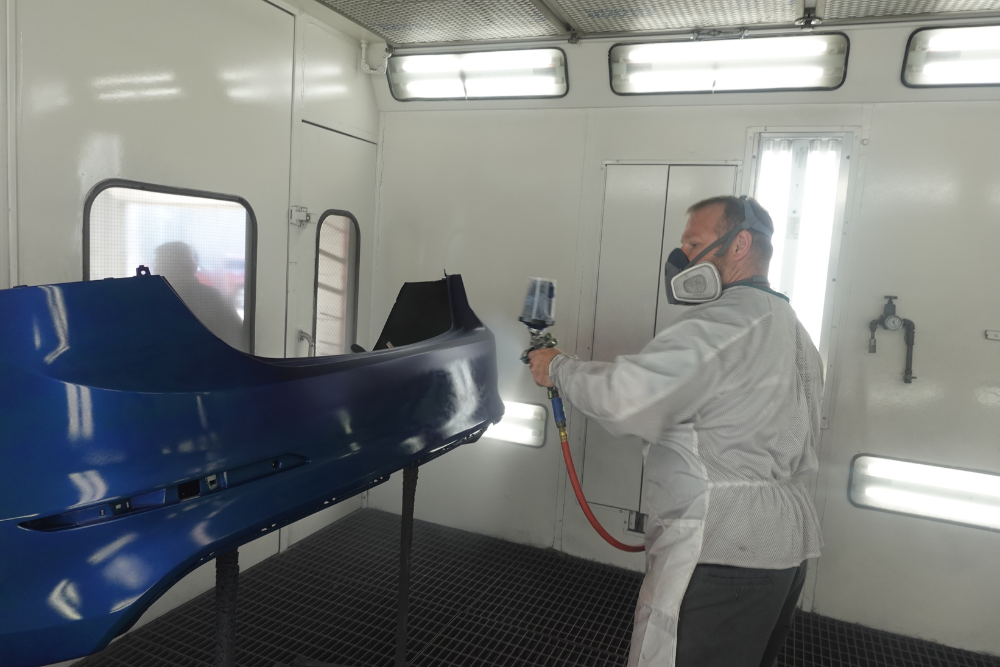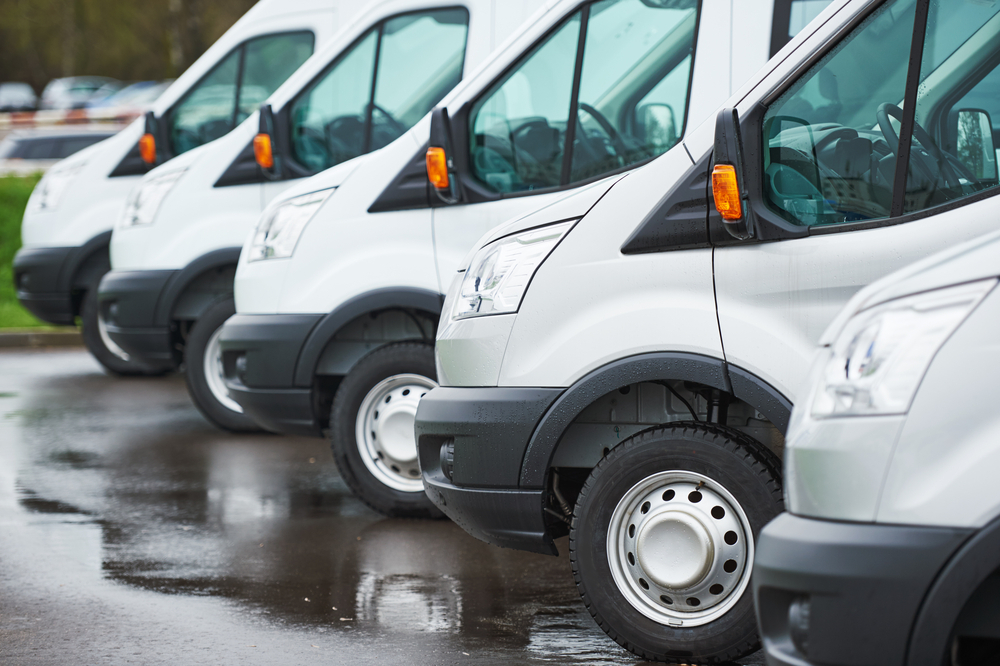Technology has given humanity many wonderful gifts and benefits, including saving time on things that were once laborious and taxing. Take traditional methods of estimating repair costs. Due to being imprecise and time-consuming, there were often delays and dissatisfied customers abound. Digital estimating tools have emerged as game-changers in the industry, offering sophisticated solutions that enhance accuracy and efficiency. These tools utilize advanced technology and comprehensive databases to provide accurate estimates quickly, revolutionizing the operational dynamics of auto body shops. Let’s learn more about them.
Key Takeaways
- Digital estimating tools utilize current vehicle data and repair procedures, minimizing human error in cost estimation and ensuring precise quotes for repair services.
- Standardized processes and unified data sources across technicians and locations maintain uniformity in estimates within auto body shops, ensuring consistent service quality.
- Digital tools enable clear and understandable repair estimates, enhancing customer trust by explaining costs and repair timelines accurately.
What are Common Digital Estimating Tools Used in Collision Repair?
Let’s take a look at some of the common digital estimating tools that collision repair shops like Elmer’s Auto Body use throughout South Jersey:
CCC ONE
CCC ONE is a comprehensive platform that integrates various aspects of the collision repair process. It is widely used for estimating repair costs, managing workflows, and enhancing customer communication. The platform provides detailed estimates by leveraging a vast database of vehicle information and repair procedures. It also supports real-time updates and collaboration, ensuring that all stakeholders, including technicians, parts suppliers, and insurance companies, are on the same page. CCC ONE’s integration capabilities make it a vital tool for improving operational efficiency and customer satisfaction in auto body shops.
Mitchell Cloud Estimating
Mitchell Cloud Estimating is a cloud-based solution that allows collision repair professionals to create accurate estimates from any device with internet access. This tool provides easy access to comprehensive vehicle data and OEM repair procedures, ensuring that estimates are precise and up-to-date. The cloud-based nature of the tool means that updates and new features can be rolled out seamlessly, keeping the software current with the latest industry standards. Mitchell Cloud Estimating also supports photo-based estimating, which helps technicians assess damage remotely and quickly.
Audatex
Audatex is known for its precise and comprehensive vehicle damage estimates. It integrates extensive parts databases and repair information to generate detailed and accurate estimates. Audatex’s advanced algorithms and data analytics help collision repair shops streamline their estimating process and improve accuracy. This tool is particularly valuable for its ability to handle complex estimates involving multiple damaged components and sophisticated vehicle systems. Additionally, Audatex offers robust reporting features that assist shops in tracking performance and identifying areas for improvement.
ALLDATA
ALLDATA provides OEM (Original Equipment Manufacturer) repair data and procedures directly to technicians, ensuring that repairs are carried out according to the manufacturer’s specifications. This tool includes detailed repair manuals, wiring diagrams, and diagnostic trouble codes (DTCs) that are essential for modern vehicle repairs. By using ALLDATA, technicians can access up-to-date information on repair techniques, parts, and labor times, which helps in creating accurate estimates and performing high-quality repairs. The platform’s extensive database covers a wide range of makes and models, making it an indispensable resource for collision repair shops.
Repairify (asTech)
Repairify, also known as asTech, connects directly to vehicle diagnostic systems to ensure accurate estimates and repairs. This tool allows technicians to perform remote diagnostics and calibrations, which are crucial for modern vehicles equipped with advanced driver-assistance systems (ADAS). By using asTech, repair shops can diagnose issues that may not be visible to the naked eye, ensuring that all necessary repairs are identified and estimated correctly. The tool’s ability to interface with a vehicle’s on-board computer systems makes it a powerful asset for both estimating and performing repairs.
What are the Benefits of Using Digital Estimating Tools?
Using digital estimating tools in collision repair provides numerous benefits that significantly enhance operational efficiency and customer satisfaction:
- Accuracy: Digital estimating tools leverage current vehicle data and repair procedures, minimizing the potential for human error in estimating repair costs. By accessing comprehensive databases, these tools ensure that estimations are precise, reflecting the actual repair requirements based on accurate information.
- Efficiency: These tools streamline the estimation process by providing quick access to extensive parts databases and detailed repair instructions. Technicians can efficiently assess damage, select appropriate parts, and plan repair procedures faster, which reduces turnaround times and enhances overall shop productivity.
- Consistency: Digital estimating tools ensure uniformity in estimates across different technicians and locations within the auto body shop. By following standardized processes and utilizing the same data sources, shops can maintain a consistent level of service quality, regardless of who performs the estimation.
- Customer Trust: Transparency is crucial in maintaining customer trust. Digital estimating tools enable shops to provide detailed and understandable repair estimates to customers. By explaining the scope of repairs clearly and accurately, shops foster trust and satisfaction, as customers have a clear understanding of what to expect regarding costs and repair timelines.
- Integration: These tools easily integrate with other shop management systems, enhancing overall workflow management. Integration facilitates seamless communication between different departments, such as parts ordering, scheduling, and invoicing. This integration minimizes administrative errors and improves overall operational efficiency.
- Cost Savings: Digital estimating tools help in optimizing repair costs by reducing the likelihood of underestimation or overestimation. Accurate estimates based on real-time data and standardized procedures prevent unnecessary expenses and ensure that repair costs align closely with actual requirements. Moreover, accurate estimates reduce disputes with insurance companies, leading to smoother claims processes and faster approvals.
Contact Elmer’s Auto Body of South Jersey Today to Learn More
Digital estimating tools have undeniably transformed the collision repair industry by providing unmatched accuracy, efficiency, and consistency. These tools empower auto body shops to streamline their processes, improve customer satisfaction, and ensure transparent communication across all parties involved. By integrating digital estimating tools, repair shops can optimize their operations, reduce cycle times, and achieve better financial outcomes.
Elevate your collision repair experience with the cutting-edge digital estimating tools available at Elmer’s Auto Body. Discover how our advanced solutions can streamline your repair process and enhance service accuracy. Reach out to our expert team today to learn more and take the first step towards a more efficient and reliable repair service.

